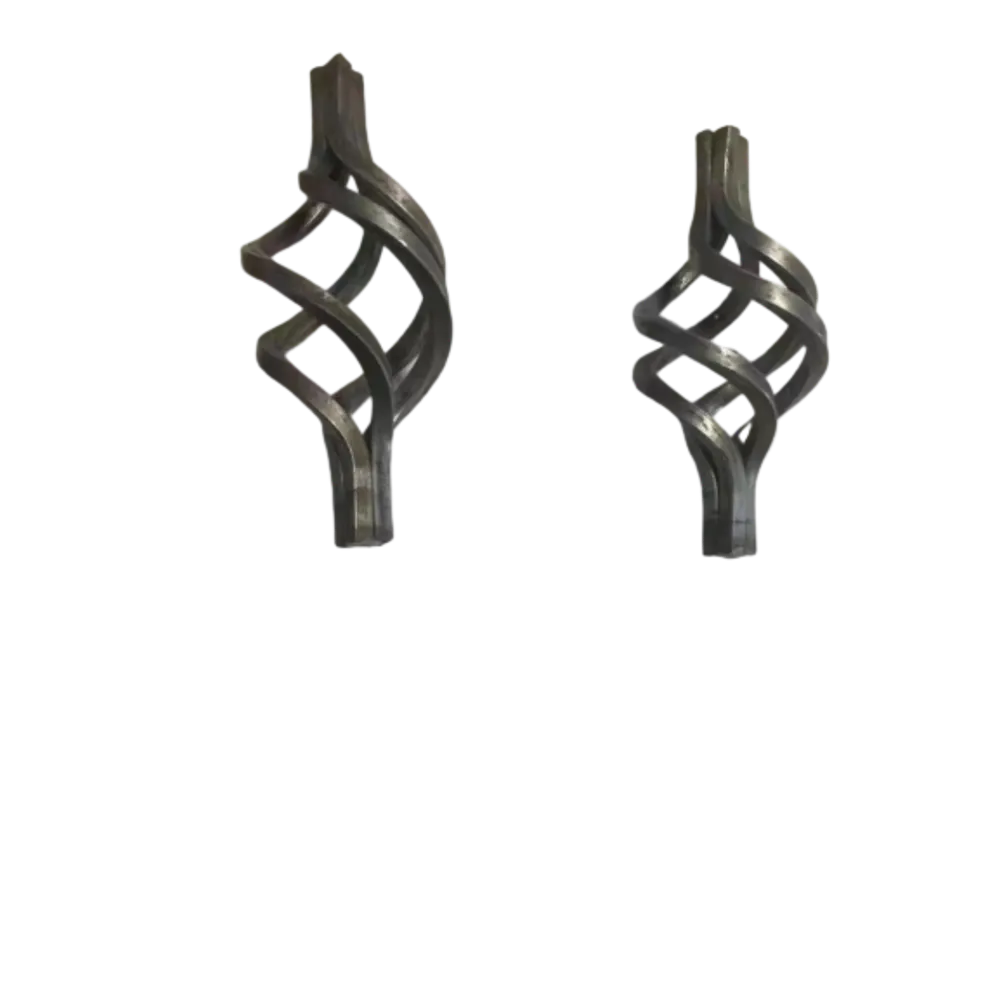installing sliding screen door rollers
Installing Sliding Screen Door Rollers A Step-by-Step Guide
Installing sliding screen door rollers can be a rewarding DIY project that enhances the functionality of your sliding screen door. Over time, the rollers on your sliding screen door may wear out or become damaged, leading to difficulties in opening and closing the door smoothly. If you are looking to improve the usability of your screen door, follow this comprehensive guide to successfully install new rollers.
Tools and Materials Needed
Before you begin the installation process, gather the following tools and materials
- Replacement sliding screen door rollers - Screwdriver (flat-head and Phillips) - Allen wrench (if necessary) - Level - Measuring tape - Lubricant (optional) - Cleaning cloth
Step 1 Remove the Sliding Screen Door
The first step in the installation process is to remove the sliding screen door from its track. To do this, you need to lift the door upward to disengage it from the bottom track, then tilt the bottom outwards while lowering the top. Set the door aside in a safe location where it won't be damaged.
Step 2 Inspect the Rollers
Once the door is removed, examine the existing rollers closely. Check for any signs of wear, such as cracks, breaks, or a build-up of dirt and debris. Understanding the type of roller you have will help you find an appropriate replacement. If your rollers are simply dirty, you may clean them with a cloth and lubricant to see if that resolves the issue.
Step 3 Remove the Old Rollers
With the screen door laid flat on a soft surface to avoid scratches, locate the screws that secure the old rollers in place. Use the appropriate screwdriver to remove these screws, then carefully pull out the old rollers. Take note of how the rollers are positioned, as this will be helpful when installing the new rollers.
installing sliding screen door rollers

Step 4 Install New Rollers
Now it's time to install the new rollers. Position the new rollers in the same location as the old ones, ensuring they are aligned correctly in the track. Insert the screws you removed earlier and tighten them securely using your screwdriver. Be cautious not to overtighten, as this could damage the screen door or the new rollers.
Step 5 Adjust the Rollers
Most sliding screen door rollers come with an adjustable feature that allows you to change the height of the door. To ensure your door fits perfectly in the track, make the necessary adjustments using the provided mechanism (often a flat-head screwdriver). After adjustments, check that the door sits evenly within the frame.
Step 6 Reinstall the Sliding Screen Door
Now that the new rollers are in place and adjusted, it’s time to reinstall the sliding screen door. Begin by tilting the top of the door back into the upper track, then lift the bottom of the door and guide the rollers into the bottom track. Ensure that the door moves smoothly back and forth. If there is any resistance, check the roller adjustments and make any necessary tweaks.
Step 7 Test the Door
With the door reinstalled, it’s important to conduct a thorough test. Open and close the sliding screen door several times to ensure it functions correctly. Listen for any unusual sounds that could indicate misalignment or improper installation. If the door rolls smoothly without excessive force, you've successfully completed the installation!
Conclusion
Replacing the rollers on a sliding screen door is not only a cost-effective solution but also a great way to maintain the integrity of your home. With the right tools and approach, you can enhance the functionality of your screen door and ensure it serves its purpose effectively. Remember, it's always good practice to consult your door's manufacturer guidelines or a professional if you encounter any issues during the installation. Enjoy your newly functioning sliding screen door and the fresh air it brings!
-
Wrought Iron Components: Timeless Elegance and Structural StrengthNewsJul.28,2025
-
Window Hardware Essentials: Rollers, Handles, and Locking SolutionsNewsJul.28,2025
-
Small Agricultural Processing Machines: Corn Threshers, Cassava Chippers, Grain Peelers & Chaff CuttersNewsJul.28,2025
-
Sliding Rollers: Smooth, Silent, and Built to LastNewsJul.28,2025
-
Cast Iron Stoves: Timeless Heating with Modern EfficiencyNewsJul.28,2025
-
Cast Iron Pipe and Fitting: Durable, Fire-Resistant Solutions for Plumbing and DrainageNewsJul.28,2025
-
 Wrought Iron Components: Timeless Elegance and Structural StrengthJul-28-2025Wrought Iron Components: Timeless Elegance and Structural Strength
Wrought Iron Components: Timeless Elegance and Structural StrengthJul-28-2025Wrought Iron Components: Timeless Elegance and Structural Strength -
 Window Hardware Essentials: Rollers, Handles, and Locking SolutionsJul-28-2025Window Hardware Essentials: Rollers, Handles, and Locking Solutions
Window Hardware Essentials: Rollers, Handles, and Locking SolutionsJul-28-2025Window Hardware Essentials: Rollers, Handles, and Locking Solutions -
 Small Agricultural Processing Machines: Corn Threshers, Cassava Chippers, Grain Peelers & Chaff CuttersJul-28-2025Small Agricultural Processing Machines: Corn Threshers, Cassava Chippers, Grain Peelers & Chaff Cutters
Small Agricultural Processing Machines: Corn Threshers, Cassava Chippers, Grain Peelers & Chaff CuttersJul-28-2025Small Agricultural Processing Machines: Corn Threshers, Cassava Chippers, Grain Peelers & Chaff Cutters












